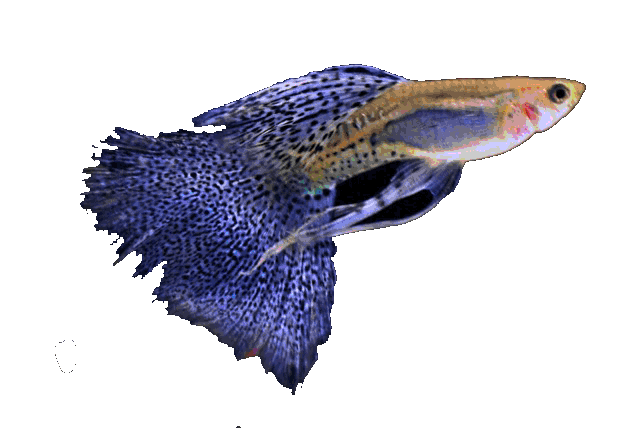


Kingdom: Animalia / animals
Trunk: Chordata / string players
Class: Actinopterygii / arthropods
Order: Cyprinodontiformes / Toothpicks
Family: Poeciliidae / live-bearing toothed carp
Gender: Girardinus
Species: Girardinus metallicus (Poey, 1854)
Basic data:
Scientific name: Girardinus metallicus (Poey, 1854)
Group: Livebirds
Origin: Costa Rica and Cuba
Size: females 5 cm, males 3 cm
Biotope / Habitat: Inhabits ponds, lakes and streams. It prefers clear, standing or barely moving water
Social behavior: Peaceful, fish flocks (8 and over)
Diet: Omnivore (worms, insects, insect larvae, crustaceans, flakes, algae, dry food, ...)
Cultivation: Easy
Aquarium: Minimum 60 liters for a school of 8 fish
Decoration: Plants, stones, roots, ... (sludge-peat)
Temperature: 22-26 ° C
pH: 6.5-7.5
Hardness: from 9 to 19 ° dGh
Lifespan: 3-5 years





